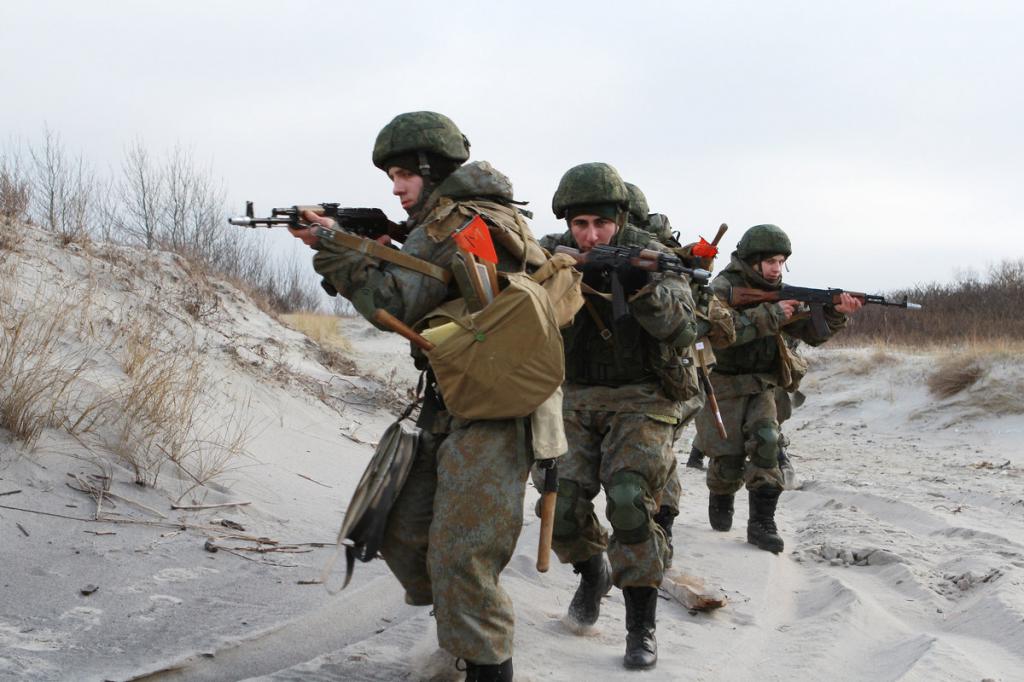In 1989, on the basis of the Marine Corps and coastal missile and artillery troops, a separate and independent army formation was created, which is under the authority of the Navy. Soon it was supplemented by formations and units of the North-Soviet Union, which were deployed on the coast. This military clan is today known as the Coastal Forces of the Navy. Nowadays, BV performs the same tasks as in Soviet times. Information on the history of the creation of the Coastal Forces, structure, command and armament can be found in this article.
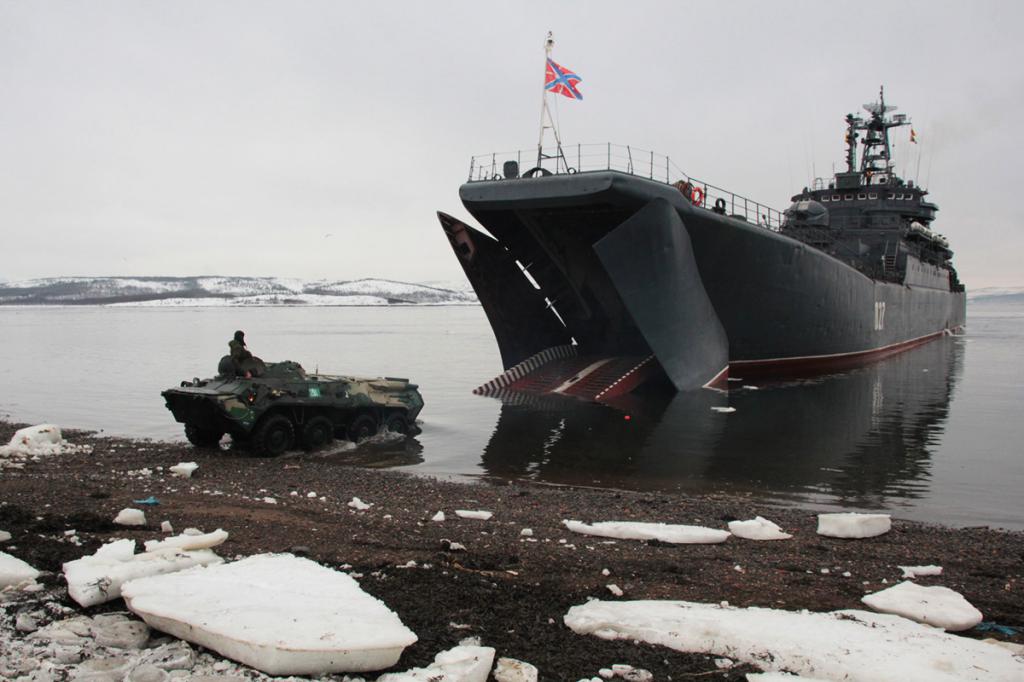
Acquaintance
Coastal troops are the military clan of the Navy of the Russian Federation. The structure remained the same as in the years of the USSR. The BV consists of two military branches: the Coastal Missile Forces and the Marine Corps, which are adapted to independently solve certain target tasks. Also, if necessary, they can interact with other parts and compounds. The main organizational units of the Coastal Fleet are represented by brigades and battalions (divisions). BV is part of the Navy and is subordinate to the Ministry of Defense of the Russian Federation. The number of coastal troops is up to 35 thousand people.
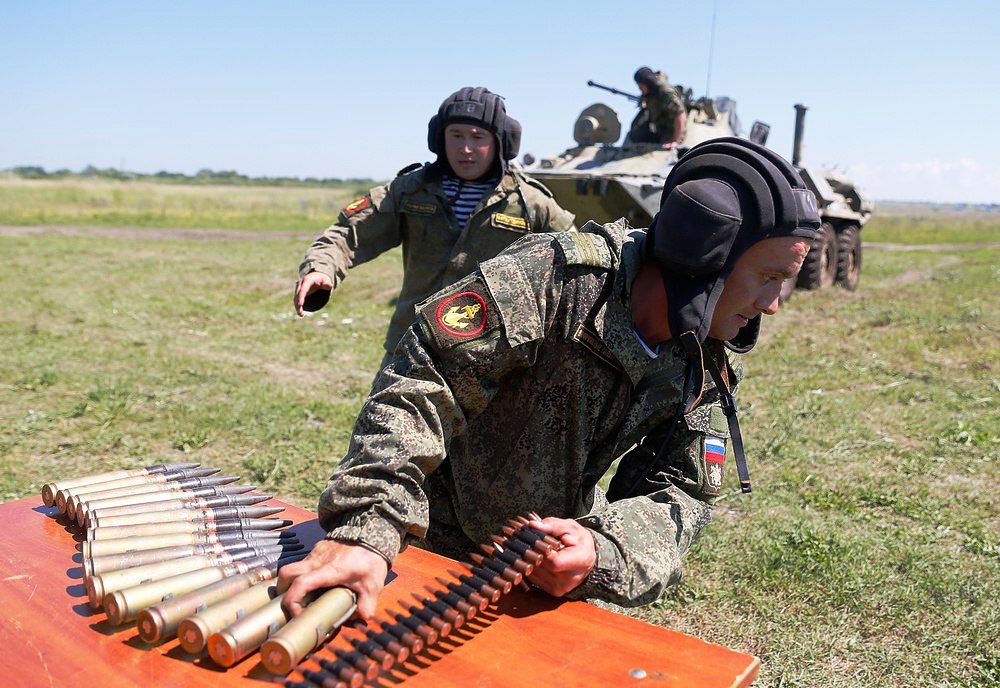
History of creation
In the XVII century, a regular Russian fleet was created. According to experts, the prototype of modern Coastal forces was the sea fortress Kronshtadt and the island of Kronshlot. The forts formed at the direction of Peter I in 1703 defended St. Petersburg from the sea. In the 19th century, Russian artillery systems were rolled around in the navy. Before World War II, powerful warheads were available in Sevastopol, Leningrad, Murmansk and Vladivostok. During the war years, the Wehrmacht soldiers did not succeed in breaking through them. The only exception was the coastal defense of Sevastopol. Nevertheless, the 30th and 35th BV batteries showed persistence and heroism in battles with the Nazis.
BV tasks
The coastal troops of Russia perform the following tasks:
- Fleet forces, army formations, the population and other objects cover the sea from the sea, and the sea coast became the place for their deployment.
- They defend from the land side naval bases and other strategically important objects from attacks made by enemy naval and airborne assault forces.
- Destroy enemy surface ships, boats and airborne vehicles.
- They interact with ground forces in coastal areas, which are considered the most vulnerable to attack by enemy forces.
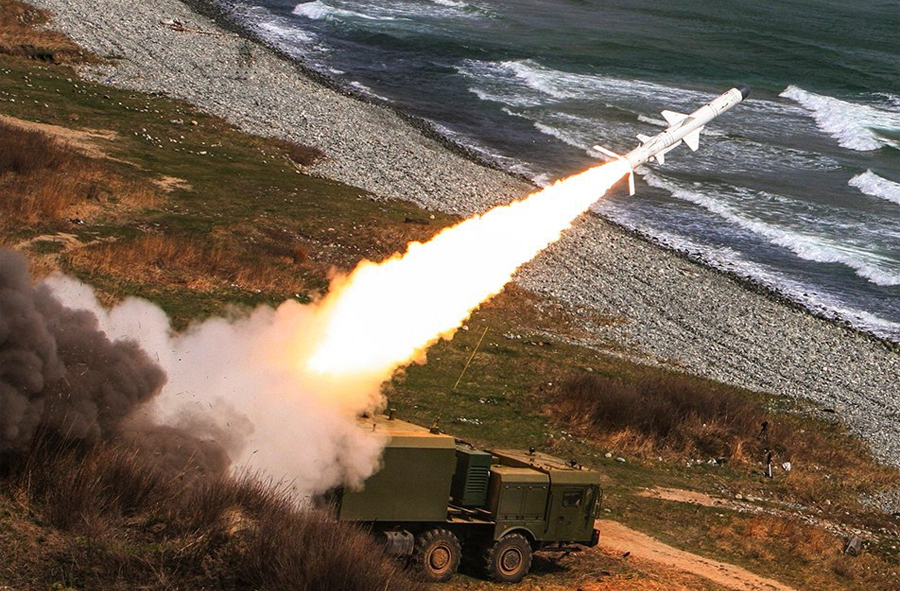
Structure
Coastal forces are part of the Pacific Fleet under the leadership of Major General Pushkin S.V. BV units are in the Crimea as part of the Black Sea Fleet (22nd Army Corps). The coastal forces are headed by A. Kolotovkin, with the rank of major general. In the Baltic Fleet, the BV is equipped with the 11th Army Corps, which is operatively subordinate to the headquarters of the fleet. The command of the Coastal Forces on the Navy Navy is carried out by Lieutenant General, Hero of Russia A. Yu. Gushchin. In the Northern Fleet, the BV contains the 14th Army Corps. In 2015, Major General D. Kraev was appointed chief. On the Caspian Flotilla, the Coastal Forces are part of the 414th Separate Marine Corps Battalion (BMF) and the 46th Separate Coastal Missile Division in the city of Kaspiysk and the 727th BMD in Astrakhan.
About command
The command of the Coastal forces is carried out by the chief of the naval base of the Navy. Command is also provided for each fleet, flotilla and naval base.
From 1956 to 1966, the leadership of the BV was carried out by Major General S. S. Makarov.
From 1966 to 1977 and from 1977 to 1987 - P. Melnikov, B. I. Sergeenko. These officers were also in the rank of major general.
In 1987, Colonel General I.V. Skuratov was appointed to the post of commander of the BV.
In 1995, was replaced by Major General V. Romanenko.
From 1996 to 1997 the coastal forces were led by Major General V. Tarasov
From 1997 to 2005, the chief of the naval base of the Navy was P. Shilov, with the rank of lieutenant general.
Between 2005 and 2009, the Coastal Forces were led by Lieutenant General I. Starcheus
From 2009 to the present, he headed the BV of Russia A. N. Kolpachenko with the rank of lieutenant general.
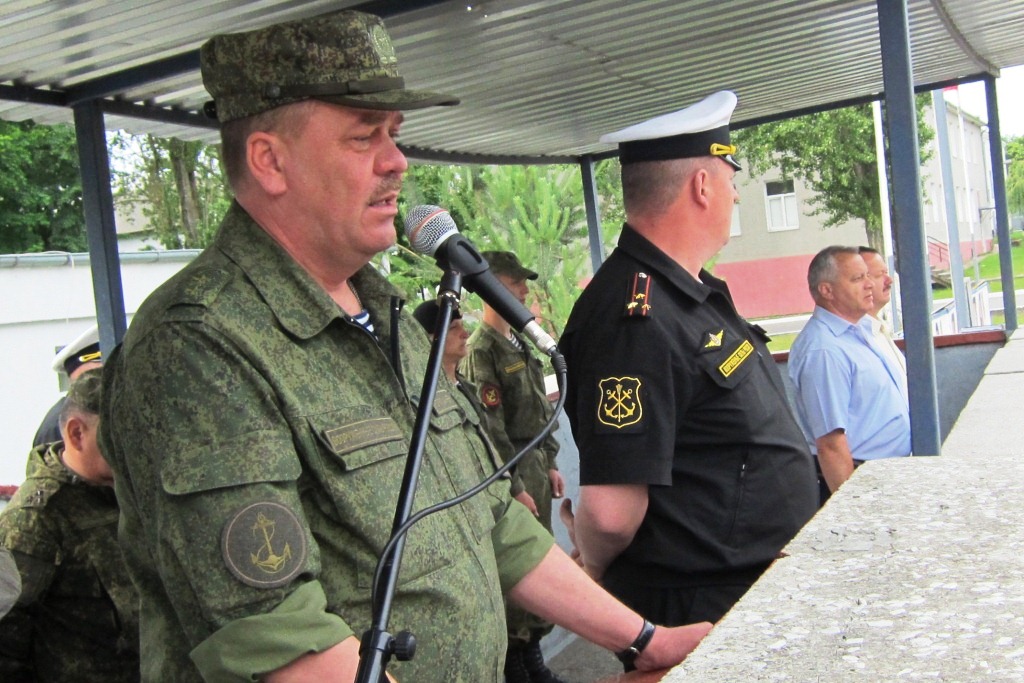
About weapons
Missile, motorized rifle and artillery units counter the sabotage forces and enemy marines using the following weapons and military equipment:
- Tanks T-80 VM, T-72B and T-72B3. The total number is at least 250 units.
- BMD-2 combat tracked floating vehicles.
- Tracked vehicles BMP-2 (400 pieces).
- Floating armored personnel carriers MT-LB (300 units).
- Armored personnel carriers BTR-80 (100 vehicles).
- Russian modernized armored personnel carriers BTR-80A (600 units).
- Artillery missile systems (RC) "Redoubt".
- Mobile coastal missile systems Rubezh.
- RK "Bastion" and "Ball" (36 guns each).
- Coastal self-propelled artillery systems A-222 "Coast" in the amount of 36 units.
- Tochka-U tactical missile systems (12 pcs.).
- Regimental self-propelled howitzers 2C1 "Carnation" (95 guns).
- Divisional howitzers 2C3 "Acacia" (50 units).
- Self-propelled artillery mounts 2S19 "Msta-S" and "Nona-S" 2S9 of 18 and 30 pieces. There are also 12 modernized self-propelled artillery mounts Nona-SVK 2S23 in service with the BV Russia.

Also, coastal defense troops have multiple launch rocket systems “Hurricane” and “Grad” 9K51, mortars 2B14 “Tray”, anti-tank weapons “Chrysanthemum-S”, “Sturm-S”, “Competition” and “Cornet”.
About air defense
Air defense is carried out by the coastal forces using the following models of army equipment:
- Hand-held anti-aircraft missile systems "Igla-S".
- Shilka self-propelled anti-aircraft mounts in the amount of 60 guns.
- SAM "Strela-1" and "Strela-10", the total number of which is 50 units.
- Anti-aircraft missile and gun systems "Tunguska" and "Shell-C1."
In addition, the Coastal troops are equipped with unmanned aerial vehicles, cars, all-terrain vehicles and engineering equipment.
